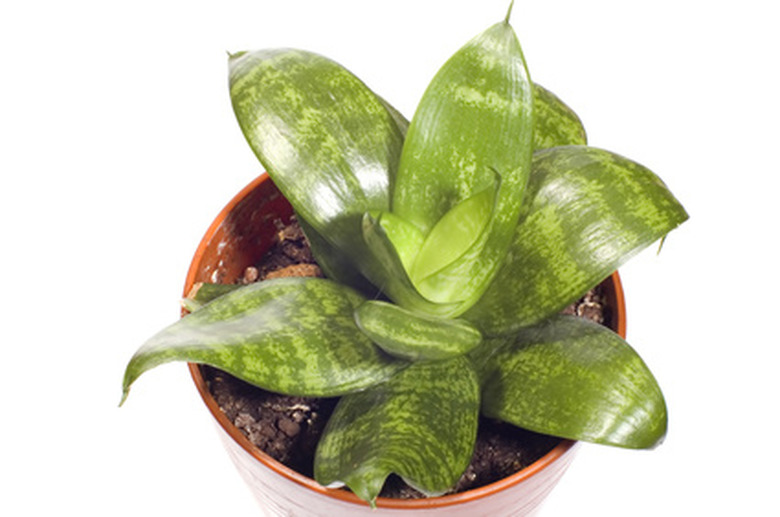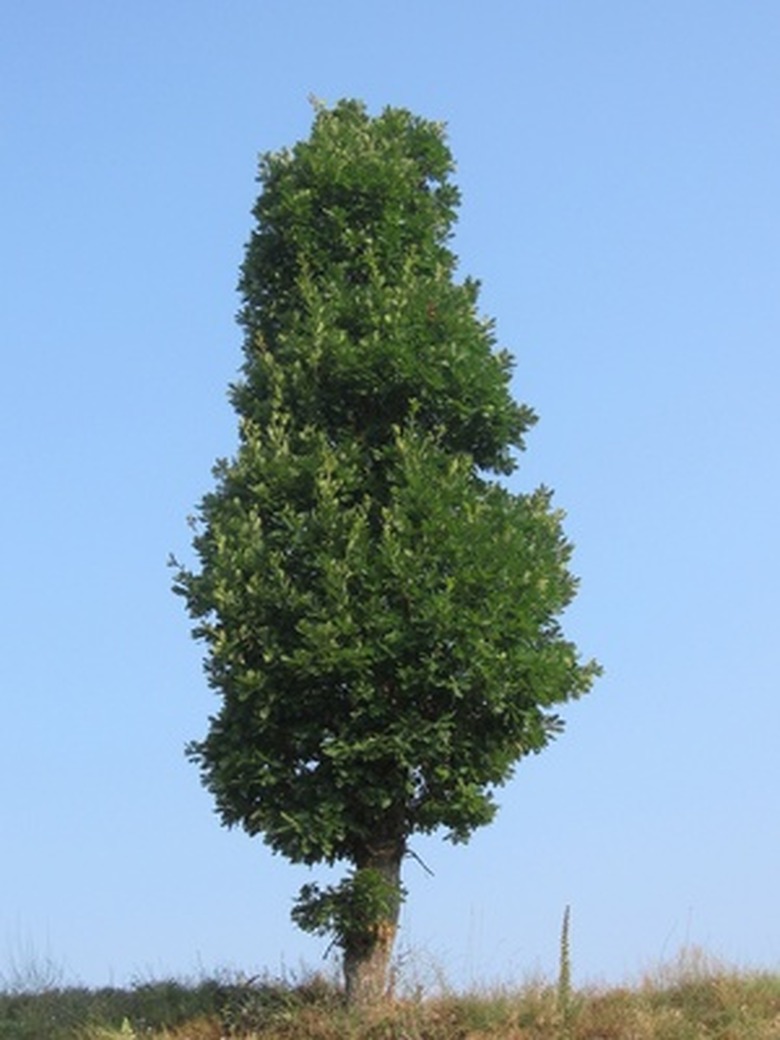How Do Acids & Bases Affect Green Plants?
The effects of acids and bases (akalines) on green plants vary. Depending on their concentrations, they can either damage or improve plant health. The effect of acid on plants become most evident in the 1980s as people saw the tops of trees being killed by acid rain. However, acids and bases have been used for centuries as part of the fertilizers used to give plants nutrients they need to thrive.
Acid Rain
Acid Rain
Acid rain is primarily the result of emissions sulfur dioxide (SO2) and nitrogen oxides (NOx) because of coal and gas combustion. In the 1980s, prior to controls implemented by the EPA, leaves of higher elevation trees in the US and elsewhere were being eaten, weakening the tree from the top down.
Proper Acid Levels Help Plants Grow
Proper Acid Levels Help Plants Grow
A proper pH level (a measure of the alkalinity or acidity of a solution), ensures plant health. With imbalanced pH levels, plants can wither, refuse to grow or become sick. In one test, plants in soil with lower pH levels (acidic) tended to result in burnt leaves and lacked sturdy stems. Plants in higher pH growth medium tended to have splotchy leaves, produced deformed fruit and died.
Acids and Bases in Soils and Growth Mediums
Acids and Bases in Soils and Growth Mediums
Depending on where you live, your soil already contains certain amounts of acids or bases. This can determine what types of plants grown in an area and what plants are suitable to be grown. Similarly, prepared growth mediums for plants can be designed for certain plants.
Acids and Bases in Fertilizers
Acids and Bases in Fertilizers
Fertilizers actually are rated by their acidity or basicity; the acid being used is nitric acid. According to University of Massachusetts Amherst, fertilizer rated 15-16-17 means 215 pounds of calcitic limestone is required to neutralize the acidic effect ton of 15-16-17 fertilizer. A fertilizer rated 15-0-15 would raise the pH of the soil or growth medium by 420 pounds.
Acid- and Base-Loving Plants
Acid- and Base-Loving Plants
Most plants live well with pH levels between 6.0 and 7.0. Many crops prefer soils that are slightly more base (higher pH), while evergreens, Azaleas, Blueberries and Rhododendrons thrive in soil that is more acidic.
Cite This Article
MLA
Meehan, Chris. "How Do Acids & Bases Affect Green Plants?" sciencing.com, https://www.sciencing.com/how-do-acids-bases-affect-green-plants-13427165/. 21 July 2017.
APA
Meehan, Chris. (2017, July 21). How Do Acids & Bases Affect Green Plants?. sciencing.com. Retrieved from https://www.sciencing.com/how-do-acids-bases-affect-green-plants-13427165/
Chicago
Meehan, Chris. How Do Acids & Bases Affect Green Plants? last modified March 24, 2022. https://www.sciencing.com/how-do-acids-bases-affect-green-plants-13427165/



